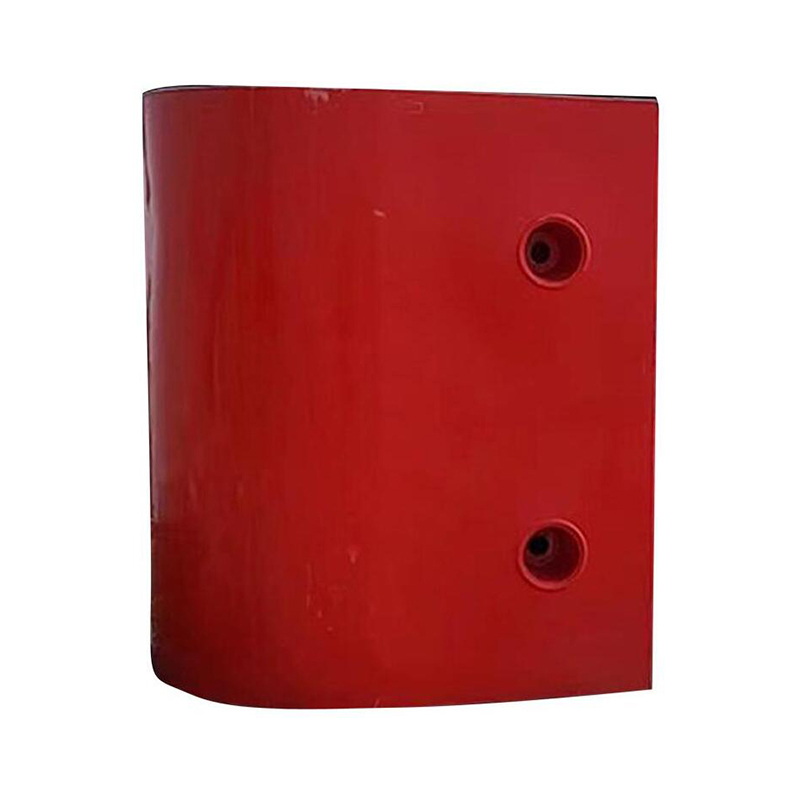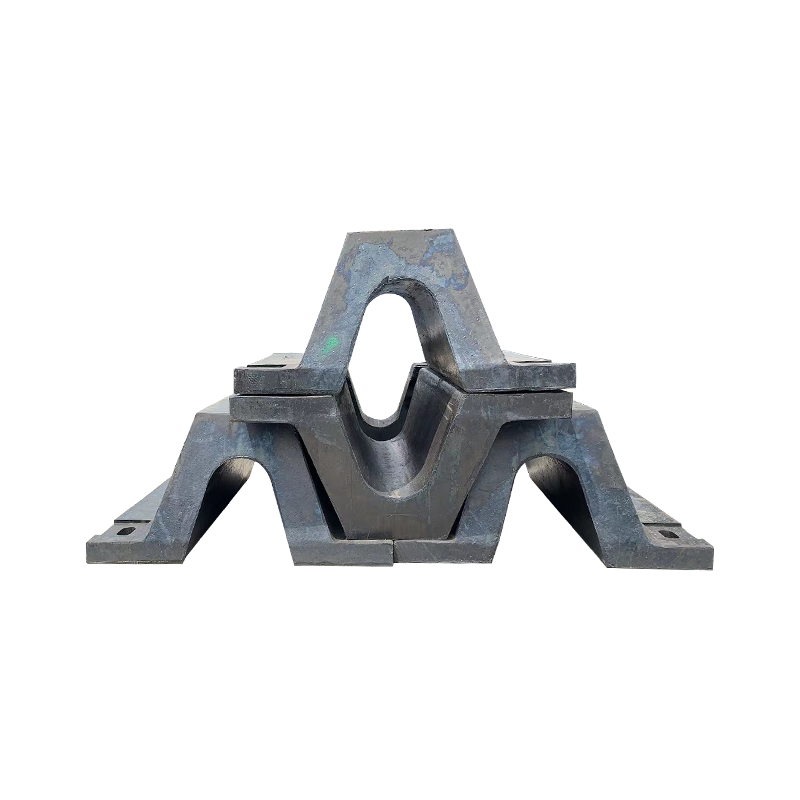Rubber fenders are widely used in marine applications for their ability to absorb and dissipate kinetic energy, providing protection to vessels and other marine structures from impacts and collisions. Here are some of the advantages of rubber fenders:
1. High Energy Absorption: Rubber fenders are designed to absorb high levels of energy, which makes them highly effective at protecting vessels and other marine structures from damage caused by impacts and collisions.
2. Durable: Rubber fenders are made from high-quality synthetic rubber compounds that are designed to resist wear and tear from harsh marine environments, making them durable and long-lasting.
3. Versatile: Rubber fenders come in a wide range of shapes and sizes, which makes them suitable for use in a variety of marine applications, including ports and harbors, offshore oil rigs, military vessels, commercial vessels, and recreational boats.
4. Easy to Install: Rubber fenders are relatively easy to install, which means that they can be quickly and easily deployed to protect vessels and other marine structures from damage.
5. Low Maintenance: Rubber fenders require minimal maintenance, which makes them a cost-effective solution for marine applications. They can be easily cleaned using standard cleaning equipment, and any damaged or worn-out fenders can be quickly and easily replaced.
6. Safe: Rubber fenders provide a safe and reliable solution for protecting vessels and other marine structures from impacts and collisions, which helps to ensure the safety of crew members, passengers, and other personnel involved in marine operations.
The advantages of rubber fenders make them an ideal choice for marine applications where protection from impacts and collisions is required. Their high energy absorption, durability, versatility, ease of installation, low maintenance requirements, and safety features make them- effective and cost solution for a wide range of marine applications.
Trends for Rubber Fender
Rubber fenders have been in use for many years in the marine industry, and there are several trends that are currently shaping their development and use. Here are some of the key trends for rubber fenders:
1. Increased Use of High-Performance Materials: There is a growing trend towards the use of high-performance materials in the manufacture of rubber fenders. These materials, which include advanced polymers and composites, offer superior strength, durability, and energy capabilities , making them ideal for use in demanding marine environments.
2. Adoption of Innovative Designs: Rubber fender manufacturers are increasingly exploring innovative designs that offer enhanced performance and functionality. For example, some fenders now feature integrated monitoring systems that allow for real-time measurement of impact forces and others. performance metric
3. Growing Demand for Customization: There is a growing demand for customized rubber fenders that are specifically designed to meet the unique requirements of individual marine applications. This trend is being driven by the need for fenders that can accommodate larger vessels, higher impact energies, and more complex operational environments.
4. Increasing Automation and Digitization: The use of automation and digitization is becoming more common in the manufacturing of rubber fenders. This trend is helping to improve production efficiency, reduce costs, and enhance the overall quality and consistency of fender products.
5. Focus on Sustainability: There is an increasing focus on sustainability in the marine industry, and this is driving the development of eco-friendly rubber fenders that are manufactured using sustainable materials and production methods. These fenders offer improved environmental help and performance to reduce the carbon footprint of marine operations.
These trends are helping to drive innovation and improve the performance of rubber fenders in the marine industry. By adopting high-performance materials, innovative designs, customization, automation, and sustainability practices, manufacturers are better equipped to meet the need to develop the and ensure the safety and efficiency of marine operations.
The industry standard for rubber fenders is set by the International Organization for Standardization (ISO) through its standard ISO 17357:2014. This standard provides guidelines for the design, manufacturing, testing, and performance of rubber fenders used in marine applications.
ISO 17357:2014 specifies the requirements for several types of rubber fenders, including cylindrical, cell, and cone fenders, and outlines the performance criteria that these fenders must meet to ensure their effectiveness in protecting vessels and other marine structures from impacts and colli
The standard covers several aspects of rubber fender design, including material selection, structural design, and manufacturing techniques. It also includes requirements for testing and inspection of fenders, including performance testing and quality control procedures.


 English
English Español
Español 中文简体
中文简体






















